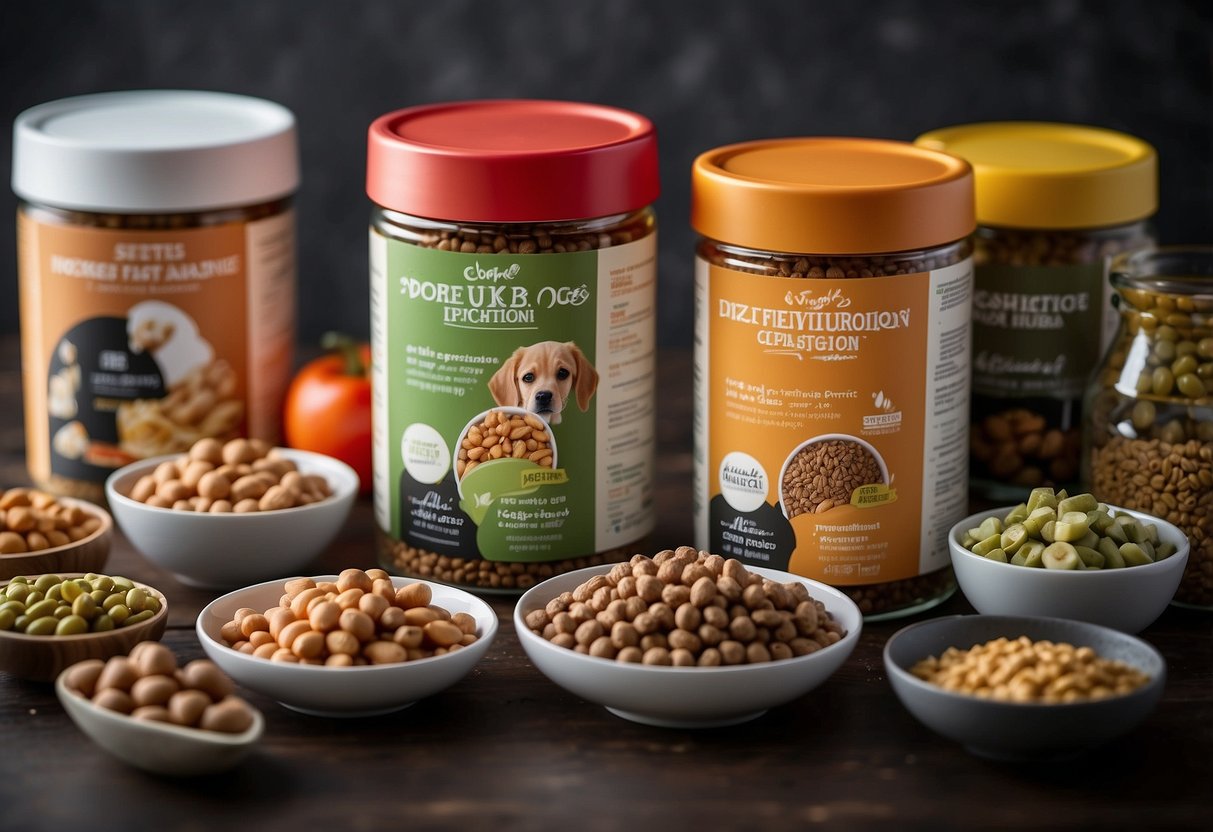
The Impact of Breed on Diet

Different dog breeds have distinct dietary needs. A comprehensive diet for a Labrador Retriever may not suit a Chihuahua due to varying energy levels and body sizes. Understanding these differences can be critical for a dog’s health.
Larger breeds, such as Great Danes, often need diets rich in glucosamine and chondroitin to support their joints. On the other hand, smaller breeds like Pomeranians require more calorie-dense food to match their higher metabolic rates.
Breeds prone to allergies, like Bulldogs, may benefit from hypoallergenic diets. Similarly, breeds with specific health concerns require tailored nutrition. Dalmatians, for instance, need low-purine diets to prevent urinary issues.
Age and activity level also play a role. For example, a Husky with high energy levels might need a diet rich in protein and fats, while a senior Dachshund might benefit from lower calories and added joint support.
The Shih Tzu, with its luxurious coat, benefits from diets high in omega fatty acids. In contrast, a breed like a Beagle, known for its potential for obesity, requires controlled portion sizes.
Ultimately, breed-specific diets help cater to the unique requirements of each dog, ensuring they remain healthy and active. By considering the breed’s specific needs, pet owners can provide optimal nutrition and prevent common health issues associated with poor diet choices.
Reading Dog Food Labels
Choosing the best food for your dog involves carefully reading and interpreting the labels. Key areas to focus on include understanding the ingredients, identifying quality proteins, and recognizing additives and preservatives.
Understanding Ingredients
Ingredients on dog food labels are listed by weight. The first ingredient is typically the primary component and is usually a key indicator of quality. Owners should look for specific named meats, like chicken, beef, or lamb, rather than generic terms like “meat meal.”
Grains are often included in dog food. While not necessarily harmful, grains should be balanced with protein and other nutrients. Whole grains like brown rice and oatmeal are preferable to processed ones. Vegetables and fruits are also beneficial but should not be the main ingredient in the food.
Understanding what each ingredient contributes to your dog’s diet is crucial. Natural, recognizable ingredients are generally better than synthetic or highly processed ones. Ingredients like “animal fat” or “bone meal” are less desirable due to their vague nature.
Identifying Quality Proteins
High-quality proteins are essential for a dog’s muscle development and overall health. Dog food labels should specify the source of protein. Specific animal proteins like “chicken,” “turkey,” or “fish” indicate higher quality compared to vague terms like “poultry” or “meat.”
The position of protein sources on the ingredient list matters. A named meat as the first ingredient indicates a higher proportion of protein, which is beneficial for active or growing dogs. Protein meals (such as “chicken meal”) are concentrated sources of protein and can be good supplements.
Avoid foods with protein “by-products” or “derivatives” as primary ingredients. These are often lower in quality and can include undesirable parts of animals.
Additives and Preservatives
Additives and preservatives extend the shelf-life of dog food but can affect quality. Natural preservatives like vitamin E (often listed as mixed tocopherols) and vitamin C (ascorbic acid) are preferable to artificial ones like BHA, BHT, and ethoxyquin, which have been linked to health issues.
Colorings and flavorings should be minimal in high-quality dog foods. These additives provide no nutritional value and are often used to make the food more appealing to owners rather than dogs. Limiting artificial additives can reduce the risk of allergies and digestive issues.
Researching each additive on the label helps ensure that the food is safe and beneficial. Stick to brands that provide thorough information about their ingredients and processes.



